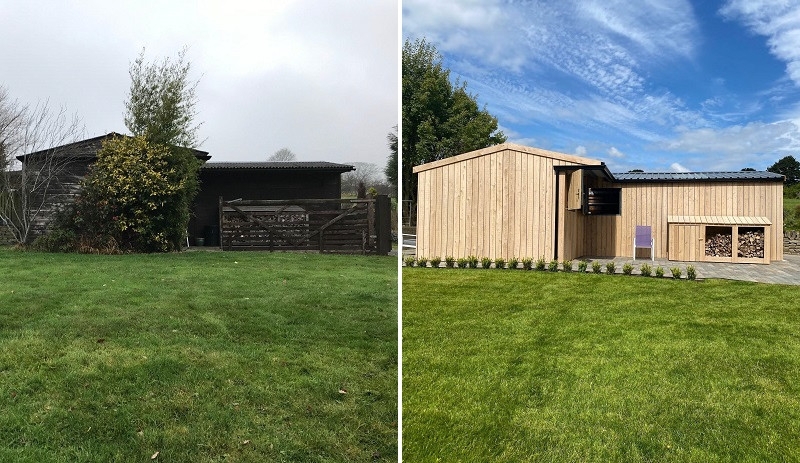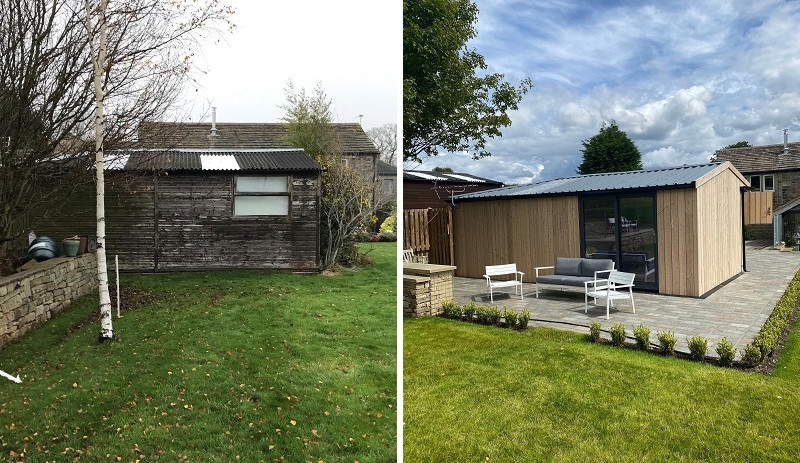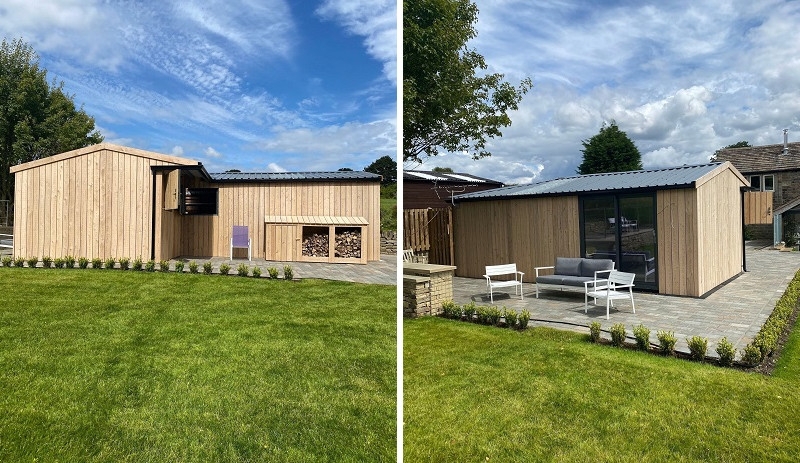Case study: Siberian Larch cladding
Published: 02/09/20 By: Mike Bekin
Wood cladding is a fantastic way to finish all types of buildings. From private homes to large commercial properties, cladding gives projects of all types a beautiful, natural finish, and contemporary aesthetic.
What’s more, timber cladding is an environmentally friendly way to complete a build. As @TDCAJanet says “Timber offers designers a unique combination of aesthetic, environmental and practical advantages.”
EcoChoice recently supplied timber cladding for a project on the edge of the Peak District National Park. The building, which had been completely renovated, was clad in Siberian larch and the finished result looked fantastic. Keep reading to find out more.
Siberian Larch
Larch has become one of the most popular choices for timber cladding. Affordable, durable and beautiful, Larch provides an excellent finish for buildings of all shapes and sizes.
Siberian larch is sourced from the wilds of northern Russia. The tree can grow taller by up to 150cm a year and can live to the grand old age of 100. Siberian larch is almost unique among conifers in that it loses its needles. This means it’s a rare deciduous softwood.
Siberian larch is a popular choice for cladding as it’s more affordable than Western red cedar, another popular cladding timber. This makes it a great option for projects that need to meet a tight budget.
However, while it is affordable, the material is also very beautiful. Over time, the larch will fade from light brown to a silvery grey. It’s naturally durable and can be cut into longer lengths than some other types of timber.
Siberian larch cladding can be installed vertically, horizontally or diagonally. On this project, the boards were fitted vertically. This helped to make the building appear taller, with an elegant finish.
Another benefit was that these Siberian larch boards were long enough so that no joins were needed. This added to the contemporary feel of the project.
The finish
Before and after the renovation:


The project in the Peak District National Park was clad in Siberian larch boards. These boards required a rough look on one face and a smooth finish on the other. To achieve this, the boards were regularised.
This is a process by which the rough sawn timber is planed to attain a consistent size. The planing process doesn’t take too much from the timber, allowing you to retain a rough look on one of the faces.
The timber was then treated with a weathering accelerator – OrganoWood 01. This quickstarts the larch on its ageing process, taking the boards from a straw-brown to a light silvery grey.
Weathering is the effect that wind, rain, UV from the sun, and other environmental factors cause on the timber as it encounters in the great outdoors.
If you’re currently working on a project that could benefit from any type of timber cladding, including pre-weathered and applied with a weathering accelerator, we can help.
Our expert team can offer advice on the best woods for your project and talk to you about the benefits offered by each type of timber. Get in touch today to find out more.
Tags: Cladding, Larch, Siberian Larch
Categories: Insights

 English
English Français
Français Deutsch
Deutsch Italiano
Italiano Português
Português Español
Español